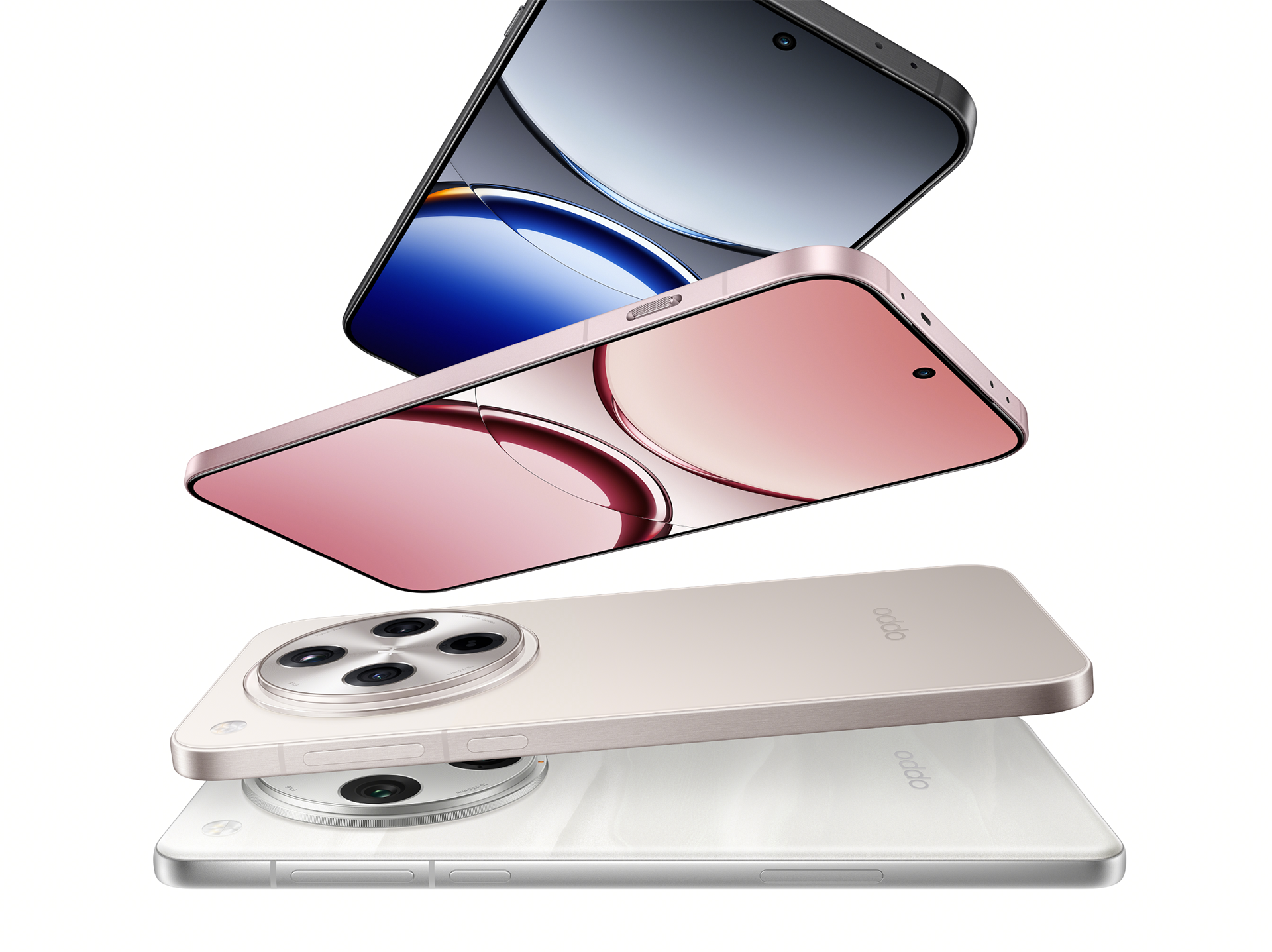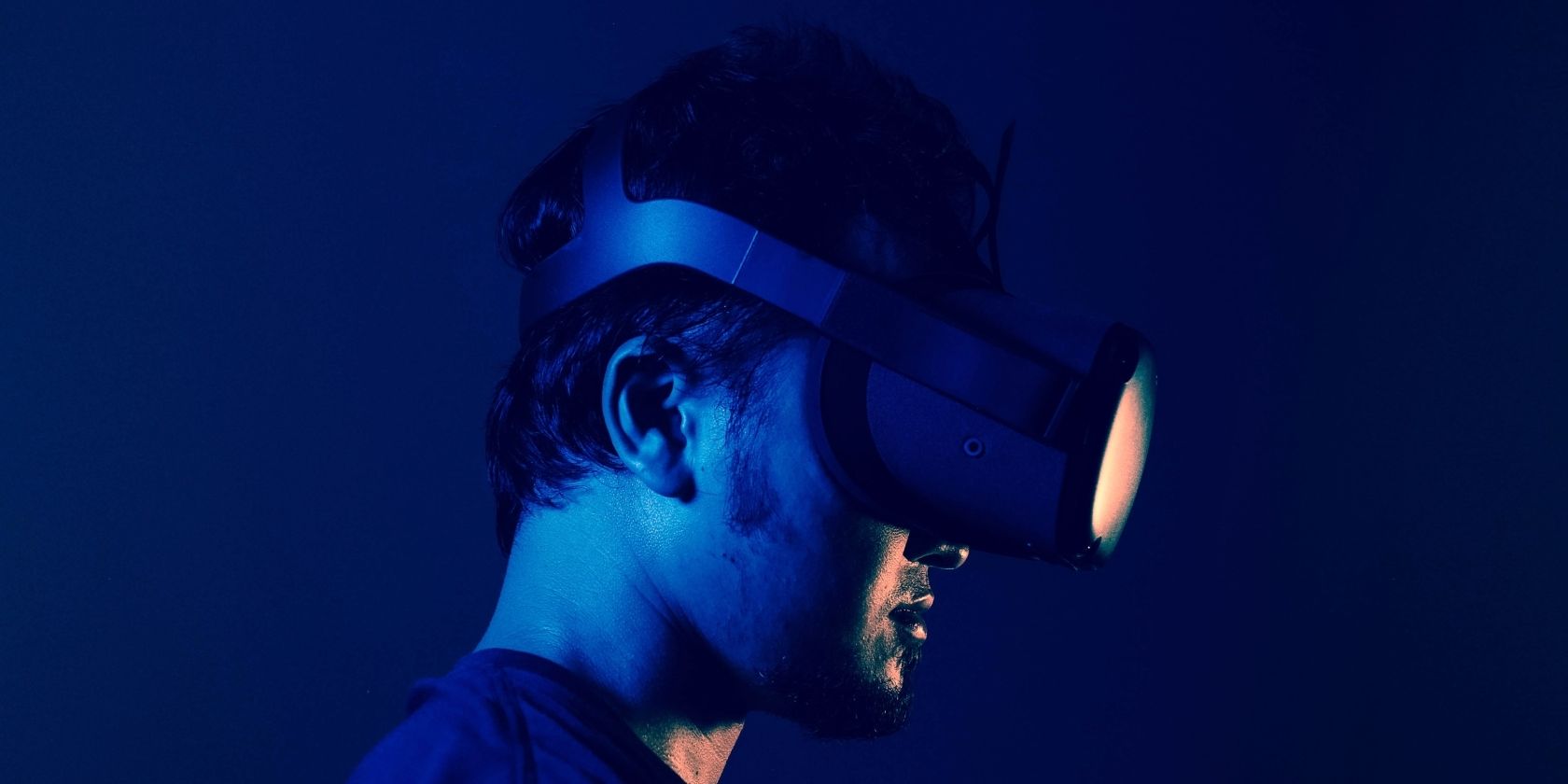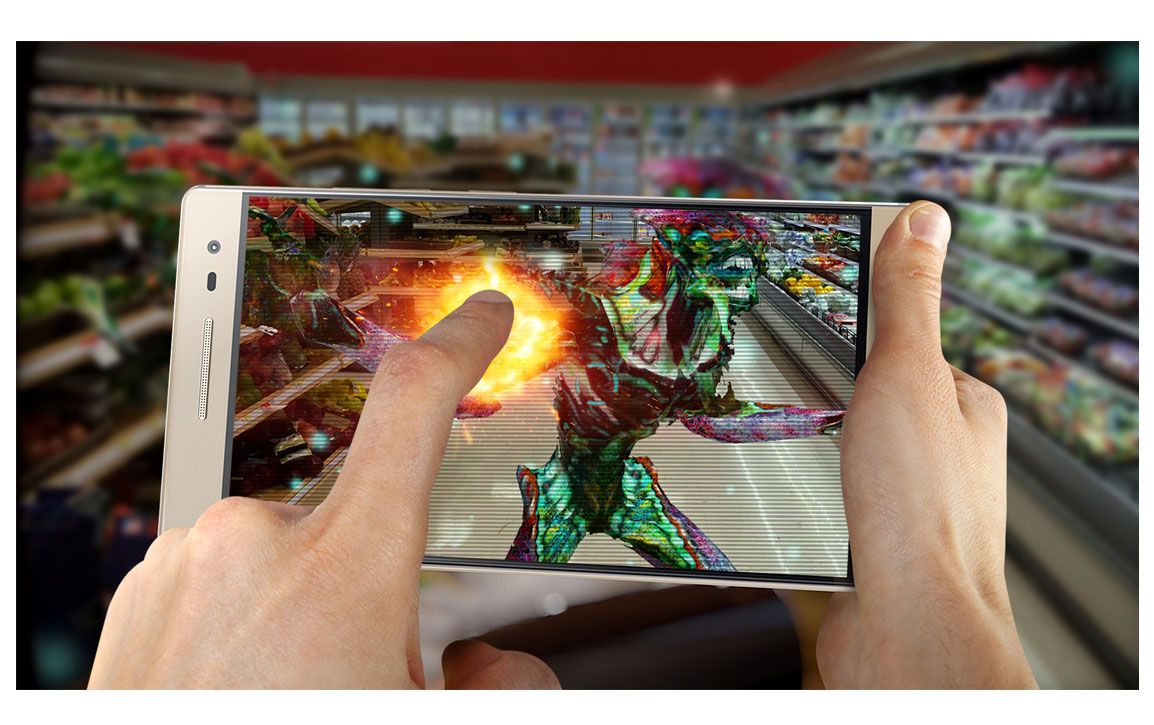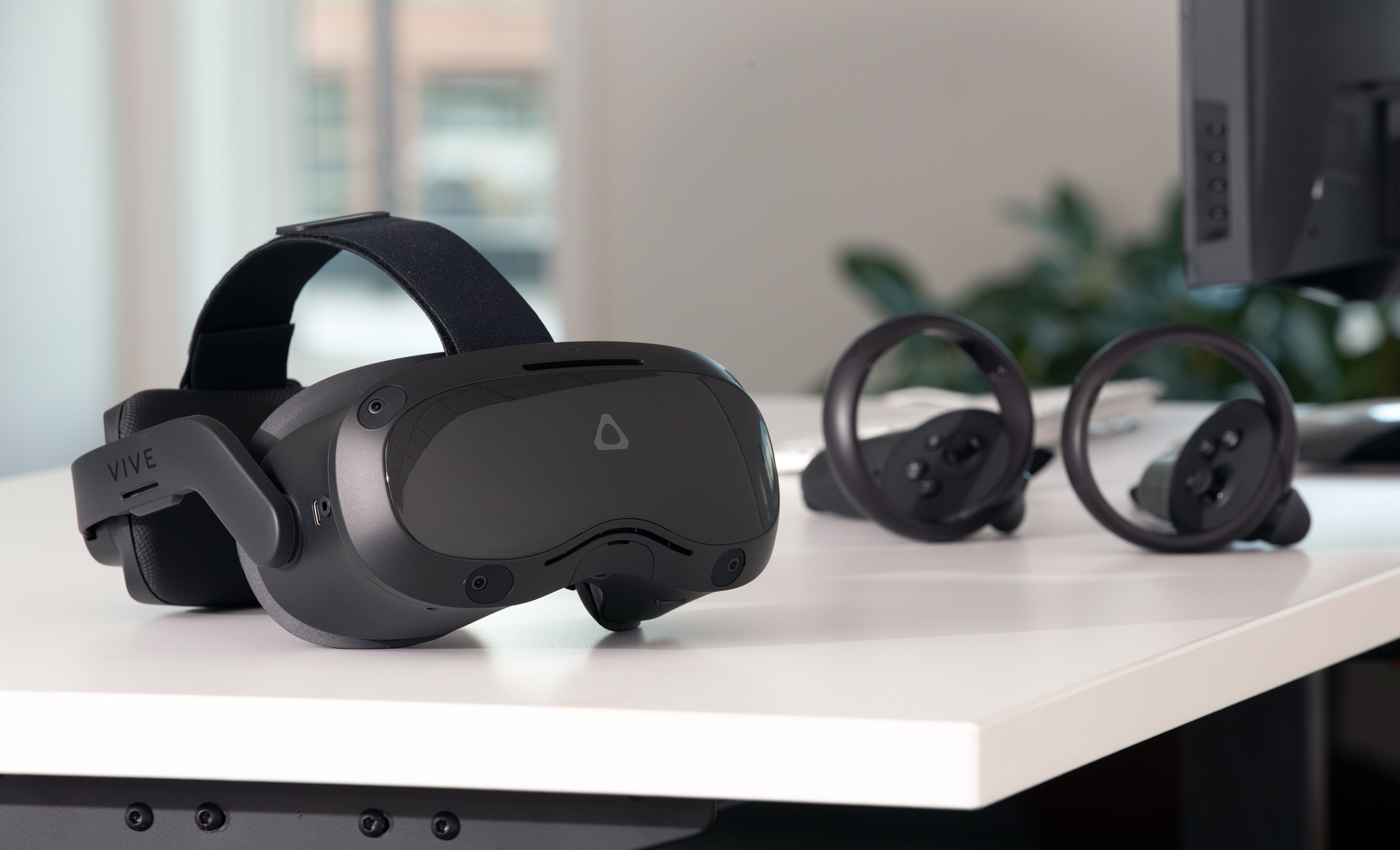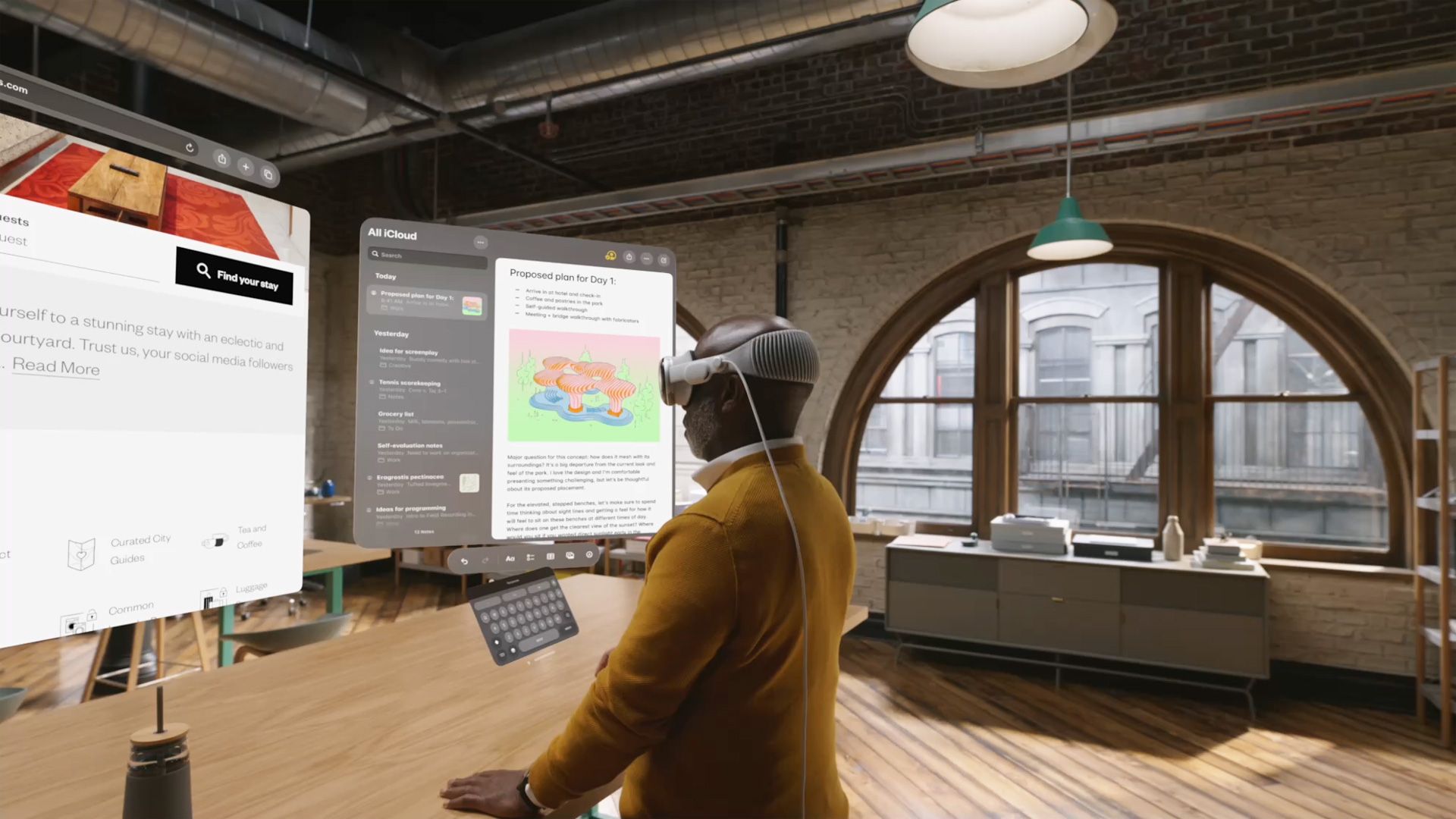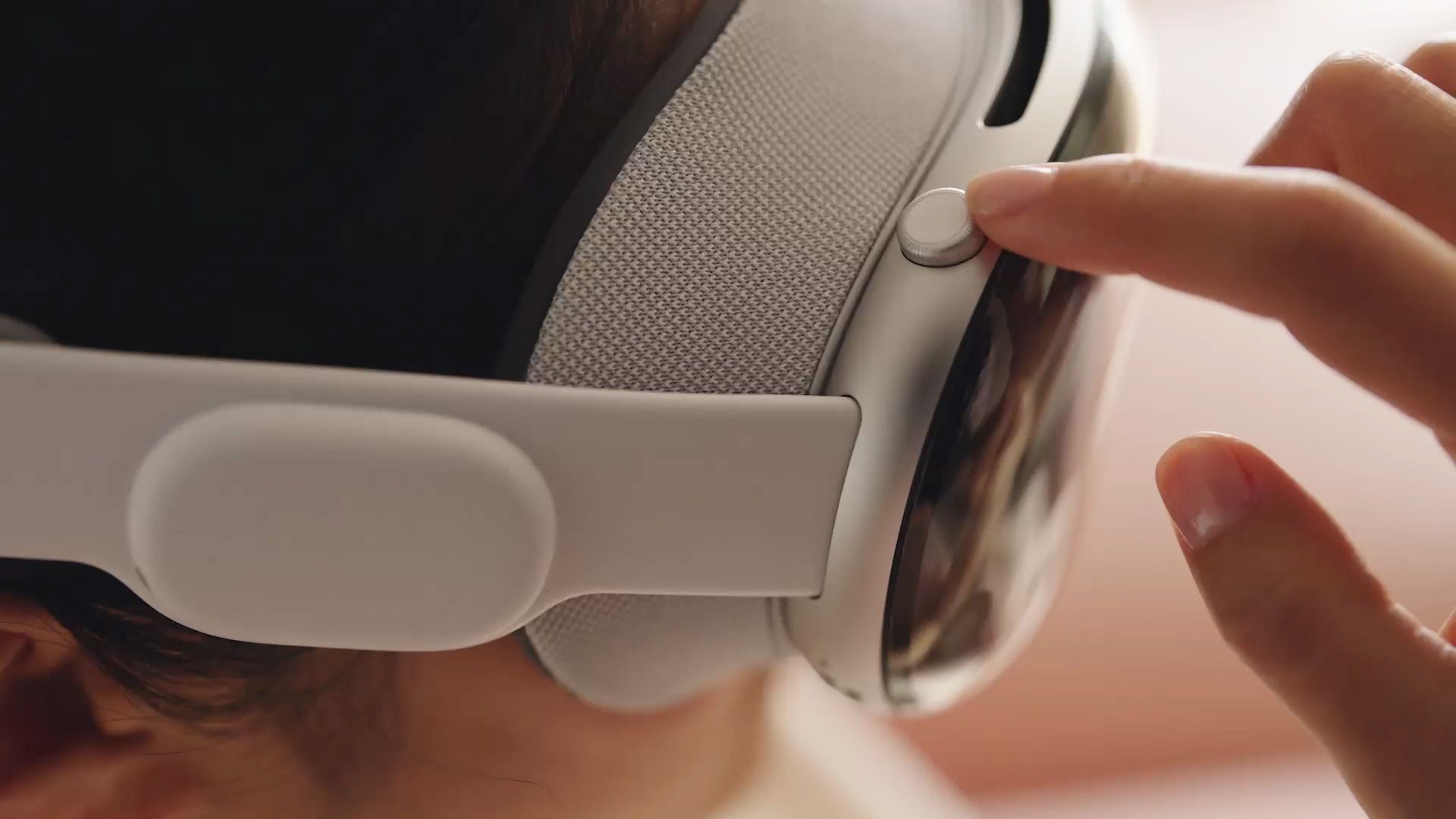Review sản phẩm
Khám phá sự khác biệt giữa AR, VR, XR và MR là gì?
Giới thiệu What’s the difference between AR, VR, XR, and MR?
Bạn có bao giờ thắc mắc về sự khác biệt giữa AR, VR, XR và MR không? Trong thế giới công nghệ ngày nay, các thuật ngữ này dường như khá phổ biến nhưng thật khó để phân biệt chúng. Để giúp bạn hiểu rõ hơn về điều này, chúng tôi sẽ giải thích từng khái niệm một cách rõ ràng. AR (Augmented Reality) là công nghệ gắn kết các yếu tố thực tế với các yếu tố ảo trong một môi trường thực. VR (Virtual Reality) tạo ra một môi trường hoàn toàn ảo để người dùng tương tác. XR (Extended Reality) kết hợp cả AR và VR trong một hệ thống duy nhất. Cuối cùng, MR (Mixed Reality) là sự kết hợp giữa thế giới thực và thế giới ảo, trong đó đối tượng thực và đối tượng ảo có thể tương tác với nhau. Hi vọng rằng những thông tin này sẽ giúp bạn phân biệt rõ ràng hơn về AR, VR, XR và MR.
Bạn đã bao giờ thắc mắc về sự khác biệt giữa AR, VR, XR và MR chưa? Đừng lo lắng, chúng tôi sẽ giúp bạn hiểu rõ hơn về những công nghệ thú vị này!
Trước tiên, hãy bắt đầu với AR, viết tắt của Augmented Reality (Thực tế tăng cường). AR là công nghệ cho phép dữ liệu và hình ảnh kỹ thuật số được chèn vào thực tế, tạo nên một trải nghiệm mới mẻ. Ví dụ, bạn có thể sử dụng ứng dụng AR trên điện thoại thông minh để nhìn thấy những hình ảnh, video, hoặc thông tin bổ sung liên quan đến thế giới xung quanh bạn.
Tiếp theo, VR, viết tắt của Virtual Reality (Thực tế ảo). VR là công nghệ tạo ra một môi trường hoàn toàn ảo, đưa người sử dụng vào một thế giới khác. Bằng cách sử dụng kính VR và công nghệ hiển thị đặc biệt, bạn có thể tham gia vào những trò chơi, trải nghiệm ảo thú vị chỉ từ nhà của mình.
XR, viết tắt của Extended Reality (Thực tế mở rộng), là thuật ngữ tổng hợp để bao gồm cả AR, VR và các công nghệ khác như Mixed Reality (Thực tế hỗn hợp). XR nhắm đến việc tạo ra một môi trường kỹ thuật số kết hợp với thực tế, mang lại trải nghiệm tuyệt vời hơn cho người dùng.
Cuối cùng, MR, viết tắt của Mixed Reality (Thực tế hỗn hợp). MR kết hợp cả AR và VR để tạo ra một môi trường kỹ thuật số phức tạp hơn. Người dùng có thể tương tác với những đối tượng ảo trong thế giới thực một cách tự nhiên và chân thực.
Đánh giá các sản phẩm công nghệ này rất quan trọng trong quá trình mua sắm. Vì vậy, hãy đến ngay Queen Mobile – nơi chuyên cung cấp các công nghệ AR, VR, XR và MR hàng đầu. Bạn có thể tận hưởng trải nghiệm tuyệt vời với một loạt các sản phẩm chất lượng cao từ các thương hiệu nổi tiếng.
Dừng chân tại Queen Mobile, bạn sẽ nhận được sự tư vấn chuyên nghiệp về công nghệ AR, VR, XR, MR và các sản phẩm tương ứng. Điểm mua sắm này sẽ giúp bạn lựa chọn sản phẩm phù hợp với nhu cầu và sở thích của mình.
Bây giờ là lúc bạn khám phá thế giới độc đáo của AR, VR, XR, MR và trải nghiệm những sản phẩm tuyệt vời tại Queen Mobile! Nhanh chân đến và khám phá dòng sản phẩm đa dạng để sắm cho mình những thiết bị công nghệ tốt nhất.
#QueenMobile #AR #VR #XR #MR #côngnghệ #sảnphẩm #đánhgiá #muasắm #trải nghiệm.
Mua ngay sản phẩm tại Việt Nam:
QUEEN MOBILE chuyên cung cấp điện thoại Iphone, máy tính bảng Ipad, đồng hồ Smartwatch và các phụ kiện APPLE và các giải pháp điện tử và nhà thông minh. Queen Mobile rất hân hạnh được phục vụ quý khách….
_____________________________________________________
Mua #Điện_thoại #iphone #ipad #macbook #samsung #xiaomi #poco #oppo #snapdragon giá tốt, hãy ghé [𝑸𝑼𝑬𝑬𝑵 𝑴𝑶𝑩𝑰𝑳𝑬]
✿ 149 Hòa Bình, phường Hiệp Tân, quận Tân Phú, TP HCM
✿ 402B, Hai Bà Trưng, P Tân Định, Q 1, HCM
✿ 287 đường 3/2 P 10, Q 10, HCM
Hotline (miễn phí) 19003190
Thu cũ đổi mới
Rẻ hơn hoàn tiền
Góp 0%
Thời gian làm việc: 9h – 21h.
KẾT LUẬN
AR, VR, XR và MR đều là công nghệ liên quan đến thực tế ảo và thực tế mở rộng. AR (Augmented Reality) là công nghệ sử dụng các thiết bị di động hoặc kính đeo đầu để thêm các đối tượng ảo vào thế giới thực. VR (Virtual Reality) tạo ra một môi trường hoàn toàn ảo, cho phép người dùng tương tác trong một không gian ảo. XR (Extended Reality) là một thuật ngữ tổng quát để chỉ cả AR và VR. MR (Mixed Reality) kết hợp các yếu tố thực tế và ảo, cho phép người dùng tương tác với các đối tượng ảo trong không gian thực. Tất cả các công nghệ này đều mang lại trải nghiệm mới, độc đáo và hứa hẹn trong nhiều lĩnh vực như giáo dục, y tế, giải trí và công nghiệp.
It seems like everyone has a new high-tech headset these days. It’s a technology we keep returning to, looking for new ways to use or present it to consumers. It’s been almost 19 years since Google Glass died of embarrassment (although that AR project was only officially shuttered in 2023), and now Apple is taking its turn with the Vision Pro. Meanwhile, Microsoft has HoloLens, while Vive and Oculus have been around for years, and there are kid-friendly goggles you can strap a high-quality Android phone to in an imitation of a full VR experience.
This work has led to confusing acronyms for casual shoppers. Terms like AR, VR, XR, and others tend to lose their meaning when the technology starts sounding the same. So, let’s clear the air with basic (but important) definitions for all this “reality” technology and why it matters.
AR: Augmented reality
Augmented reality refers to displays that let you see the real world but overlay it with additional information. The simplest types of AR are common, and you may use them every day without thinking much about it. For example, scanning a QR code with your camera app is a type of AR that allows you to interact with the real world digitally. Many other AR technologies are also focused on smartphones, so they are accessible to everyone.
More advanced AR goggles like HoloLens or Vision Pro are capable of much more. They’re built to expertly analyze surroundings, identify objects, and provide information for a variety of purposes. Sometimes, this is professional. AR technology is touted as a training tool for factory workers, medical professionals, and (with limited success) soldiers. It can walk newcomers through complex steps, identify key parts or locations, and simulate a real-world disaster, complete with instructions on what to do next.
However, AR also provides entertainment. Look no further than the huge hit Pokémon Go, which brought kids and adults out into their neighborhoods to look for rare Pokémon in all kinds of weather. We’re also seeing a growing number of AR overlays for concerts, museums, and other events.
There are also down-to-earth AR options like identifying food in the grocery store by its appearance or packaging to provide more information. Brands like Ikea also offer AR to help people pick out furniture. With so many varied uses, it’s no surprise that the industry views AR as some of the most consumer-friendly tech in the “reality” world.
VR: Virtual reality
VR does away with the real environment and encapsulates users in a 100% digitally-created world. It’s easy to spot most VR headsets, as they tend to be bulky devices like Vive and Oculus (now pivoted into Meta Quest) headsets or Sony’s PlayStation VR. Usually, the headsets include a pair of controls to hold so that users can interact with their immersive digital world, as well as a headset to provide necessary audio.
VR is, by its nature, a niche technology. It often requires expensive equipment, lots of processing power, and enough space to move around in a room safely. That’s why not everyone has a VR headset sitting on their shelf. VR is also limiting in other ways. Some users get nauseous while using it, while others find the controls difficult to use.
Despite those challenges, VR has succeeded as a gaming and exploration medium, from indie titles to full immersion events at special locations. We’re also seeing some professional applications, such as in certain kinds of rehabilitation and virtual reality meetings. During COVID, more VR attempts sprang up to connect people in digital spaces to discuss projects or watch movies. But attempts like Metaverse continue to fail or appeal to only a sliver of the market. People only want it in small doses.
There’s a whole subsection of VR headsets that you insert a phone into and run a preset app to get an immersive experience. These headsets work with all kinds of phones and are only about $30 to $50 at the high end. However, the experience isn’t true VR and runs into vision issues (such as headaches), which is why it’s mostly focused on kids.
MR: Mixed reality
Mixed reality is a somewhat fuzzier concept that focuses on interacting with digital objects in a real-world setting. Think of it as AR with depth. MR focuses on the ability to use 3D digital creations in intuitive ways in the physical world, even allowing users to pick up virtual objects and move them around.
You don’t always need a visor or headset to use MR. Many applications focus on being user-friendly to anyone, allowing people to interact with gestures like a sci-fi hologram tool. MR also focuses on efforts to map the nearby physical environment so that its software can understand the real world to the extent that AR cannot.
Because MR is specialized, it’s rarely pitched to consumers like AR. You’re more likely to run into it at a kiosk, a special display in a gallery, or a venue showing off some new technology. However, digital 3D displays allow users to interact with their content, like photos or CAD creations, in ways they couldn’t before, which may be valuable for some users. That’s one reason Apple showcases the Vision Pro with floating displays hovering in space.
XR: Extended reality
In XR, the “X” stands for any term mentioned above and any “reality” based technology. It’s most useful as an industry term to collect all the terms into one big bucket and talk about their general potential, investment options, and trends. That means you’ll see it on handy tech sites like Android Police, but it doesn’t define any particular headset or app capabilities.
Know your reality with our handy guide
We’ve cleared up what the different terms mean along the virtual reality spectrum. Go out and explore with confidence! Headsets, apps, and experiences are often labeled as VR, AR, or MR, depending on what they can do and the audience they are aiming for. If you want to start with something simple, we suggest perusing our guide on the best AR games available on Android to get an idea of what’s out there.
Xem chi tiết và đăng kýXem chi tiết và đăng ký
Khám phá thêm từ Phụ Kiện Đỉnh
Đăng ký để nhận các bài đăng mới nhất được gửi đến email của bạn.
